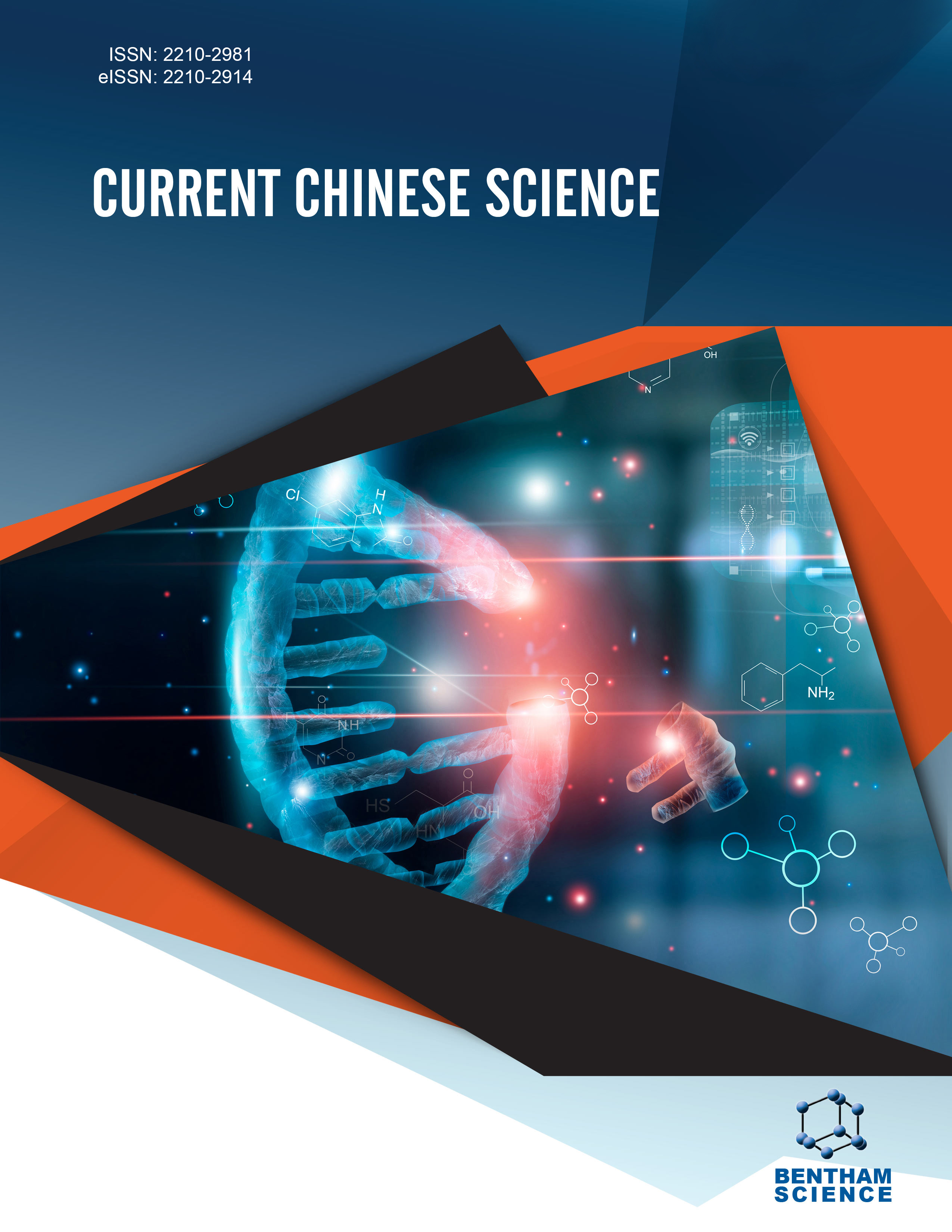-
s Amphiphilic Copolymer-based Pesticide Nanoformulations for Better Crop Protection: Advances and Future Need
- Source: Current Chinese Science, Volume 3, Issue 5, Oct 2023, p. 369 - 385
-
- 01 Oct 2023
Abstract
Amphiphilic copolymers (ACPs) are widely recognized due to their self-organizing micellar characteristics in an aqueous medium and their extensive application potential in bioactive molecule delivery. However, their use in agriculture is still limited with some scattered research studies, especially on the delivery of pesticides for crop protection. Hence, the present study comprehensively summarizes these research findings mainly focusing on synthesis, selfassembly, and release properties of pesticide nanoformulations prepared using poly(ethylene glycol) (PEG)-based ACPs. PEG-based ACPs are synthesized using linker molecules through a simple esterification reaction in the presence of an acid catalyst or an enzyme. However, multistep reactions are noticed in the synthesis of ACPs employing biopolymers, like chitosan-based ACPs. On spontaneous emulsification, ACPs develop nanomicelles (~10-300 nm), and their micellar characteristics are highly dependent on the nature of the blocks. The polymeric micellar barrier of ACPs also leads to the slow release of entrapped pesticide molecules from these nanomicelles with diffusion as the dominant release mechanism. Hence, the field appraisal of these ACPs-based pesticide nanoformulations has shown reduced pesticide doses as compared to the conventional formulations. However, despite these stated advantages, ACPs-based pesticide nanoformulations are yet to reach their full potential, which might be due to several key researchable gaps, like a lack of ACPs with high pesticide loading capacity, lack of biosafety data, environmental fate details, etc. The use of ACPs is still gaining pace in formulating pesticides and being proven as a smart material for targeted pesticide delivery to attain sustainable agriculture with a promise to reduce environmental hazards due to pesticide application.


